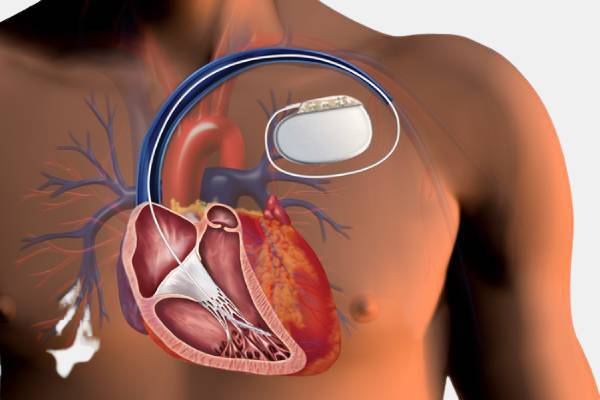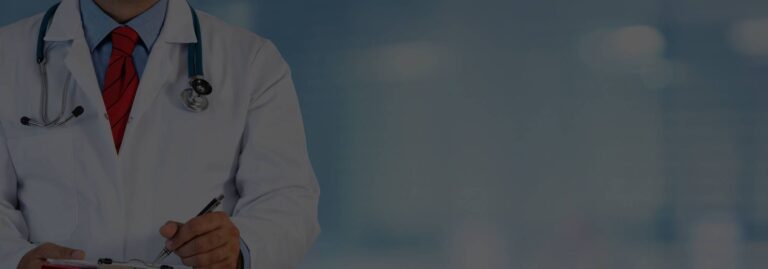
A pacemaker is a device that generates electric impulses by the electrodes present in the device that makes the lower and upper heart chambers contract to pump blood. This device regulates the normal function of the electrical system of the heart. Its main purpose is to restore the normal rate of the heart which was either very slow or very fast earlier due to a defect in the natural pacemaker of the heart. The normal contraction of the heart takes place when the electrical polarity of the cell membrane of a group of cells, located on the upper region of the right atria, is reversed(this is also known as depolarization of cell membrane). These cells are known as pacemaker cells of the sinoatrial node that is responsible for the heart to contract. Arrhythmia is a condition referring to abnormalities in heartbeats due to issues in the electrical conduction system of the heart. When the heart beats too slow, it is known as bradycardia, and when beats too fast, it is known as tachycardia.
Methods Of Pacing
The types of pacing include:-
Types Of Permanent Pacemakers
Types of pacemakers include:-
In this device, only one pacing lead is placed either in the upper chambers or lower chambers of the heart.
In this device, two pacing leads are placed, one in the atrium and one in the ventricle. This method resembles the natural pacing of the heart.
In this device, three pacing leads are placed, one in the atrium and two in both the ventricles(lower heart chambers).
In this device, sensors are present to check the heart's physical activity.
In this device, there are no pacing leads. This makes the device small which allows the generator to be placed into the heart
Who Needs A Pacemaker?
A pacemaker is needed by those individuals who :-
What TO Expect Before The Procedure
What TO Expect During The Procedure
What TO Expect After The Procedure
The faculty of Dr. Swapnil Mate's Cardiology clinic includes experienced cardiologists, cardiac surgeons, cardiac imaging specialists, a preventive cardiology team, experienced pediatric cardiac surgeons and assisting surgeons, physical therapists, nutritionists, geneticists, child-life specialists, a multidisciplinary interventional cardiology team, and a group of pathologists who run by tests and give the proper cause of diseases. The cardiologists and surgeons recommend the ideal surgery to the patients. They mention the advantages and risks associated with the surgeries they plan to do on them. Together, they provide services that cater to their needs. Consult Dr. Swapnil Mate for the best medical assistance.
